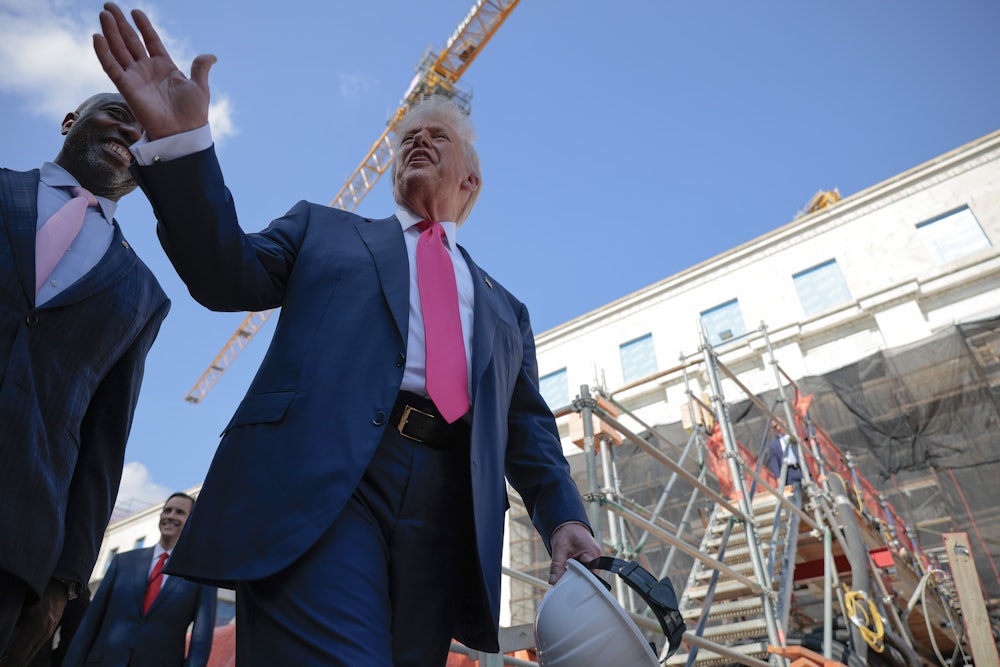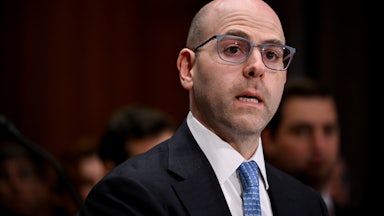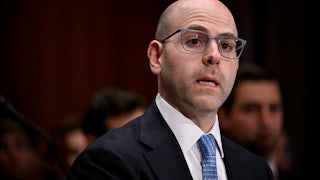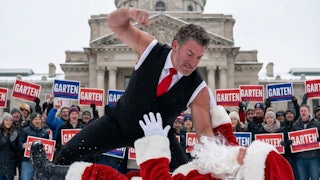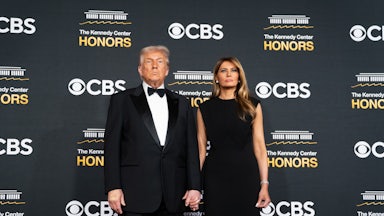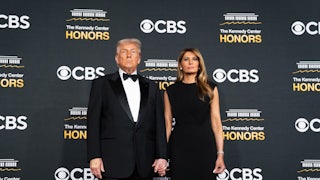President Donald Trump’s announcement that he’s firing Federal Reserve Governor Lisa Cook prompts the following reminiscence from a vanished world.
In April 1987, I was a young Newsweek reporter assigned periodically to attend the Sperling breakfast. This was a weekly Washington ritual in which reporters were herded into a basement suite of the Carlton (now St. Regis) Hotel to pose questions to some government official under the direction of Godfrey “Budge” Sperling, a Christian Science Monitor columnist whose influence was confined to this function.
On the day I’m thinking of the guest was James Miller, director of President Ronald Reagan’s Office of Management and Budget. I forget how it came up, but Miller said that Federal Reserve Chair Paul Volcker shouldn’t raise interest rates. I thought nothing of it, figuring Miller had no influence over interest rates, so who cared what he thought? And anyway, Miller had kibbitzed on this topic before. When I got back to the office, I told my bureau chief that nothing of interest had been said.
The next morning just about every newspaper in the country put Miller’s comments on Page One, even though they were disavowed by the White House press office. Respectable commentators were outraged that a White House aide would dare try to pressure Volcker a mere 19 months before the next national election!
The Fed did raise interest rates five months later, and nobody thought it had anything to do with what the Reagan White House did or didn’t want. One month after that, the stock market crashed, in what remains the largest one-day percentage drop in American history.
Yet Reagan didn’t blame the Fed. At a press conference he said the cause was a too-high budget deficit. The real reason turned out to be neither interest rates nor the budget deficit so much as automated trading, but set that aside. Reagan didn’t point fingers at the Fed, which would have been an entirely plausible target. He instead blamed himself and Congress for not lowering a deficit that was about 3 percent of the GDP, or about half what it is today. He even signaled that he might be open to a tax increase, though that didn’t happen until his successor, President George H.W. Bush, took office.
My point is not to play Reagan nostalgist, but rather to demonstrate that even Reagan, who set this country on the reactionary course of which the nihilistic end point is now in sight, respected norms for which Trump has no regard. The most important of these is that the Fed operates independently of the president and Congress.
The courts will consider whether Trump’s “for cause” firing of Cook is legitimate, and Cook may win at the district and appellate level. But she’ll probably lose at the Supreme Court, even though the high court tried to warn Trump off trying to seize control of the Fed. This is all the dress rehearsal for Trump firing Jerome Powell, and I think the Supreme Court will let him do that, too. Even before that happens, Cook’s firing is, as the University of Pennsylvania’s Peter Conti-Brown told The New York Times, “the end of central bank independence as we know it.”
Trump is doing all this even though Powell signaled last week that in September the Fed will lower interest rates (“the shifting balance of risks may warrant adjusting our policy stance”), which is what Trump wants. The reason Powell cited for doing so is the same grim July jobs report that prompted Trump to fire the commissioner of labor statistics. Powell also suggested in his speech that the only reason slowing job growth hasn’t boosted the unemployment rate is that “the sharp falloff in immigration” is shrinking the job market. Which is also what Trump wants.
Did I mention that Cook is an inflation dove? In a November speech, she said, “If the labor market and inflation continue to progress in line with my forecast, it could well be appropriate to lower the level of policy restriction over time until we near the neutral rate of interest, or the point when monetary policy is neither stimulating nor restricting economic growth.” Granted, that was before Trump started jacking up tariffs, and Cook has consistently voted with Powell.
Still, Trump calls to mind a 1960s cough-medicine commercial where a guy with a terrible cold waves a “Miami” sign by the side of a snowy highway. A beautiful woman pulls up and says, “I’m only going as far as Fort Lauderdale,” and he waves her on. Trump won’t take yes for an answer. He wants to destroy the Federal Reserve. I doubt even he really understands why.
